Enterprise cybersecurity strategies are well-defined plans that are implemented by enterprises or even small to mid-level businesses to ensure that their confidential assets are protected from external and internal malicious threats. It can be a roadmap that helps your organization find direction and can be defined for set periods of time. The important thing to keep in mind is that your cybersecurity strategy should never be rigid. As technology evolves, shaping the world around you, so should your cybersecurity strategy evolve and adapt to meet the demands of newer, more complex threats.
If you have a good cybersecurity plan in place, it allows you to form the basis against which you can measure the effectiveness of your security endeavors.
Table of Contents
ToggleNeed for Enterprise Cybersecurity in Today’s World
To put it simply, no business that relies on anything related to the World Wide Web and IT infrastructure—be it websites for promotion, an ERP system to manage internal operations, or simply software that helps with daily organizational tasks – is safe from malicious threats. As days go by, you’ll see that the number of security threats as well as the complexity of these threats seem to be going only in one direction – up.
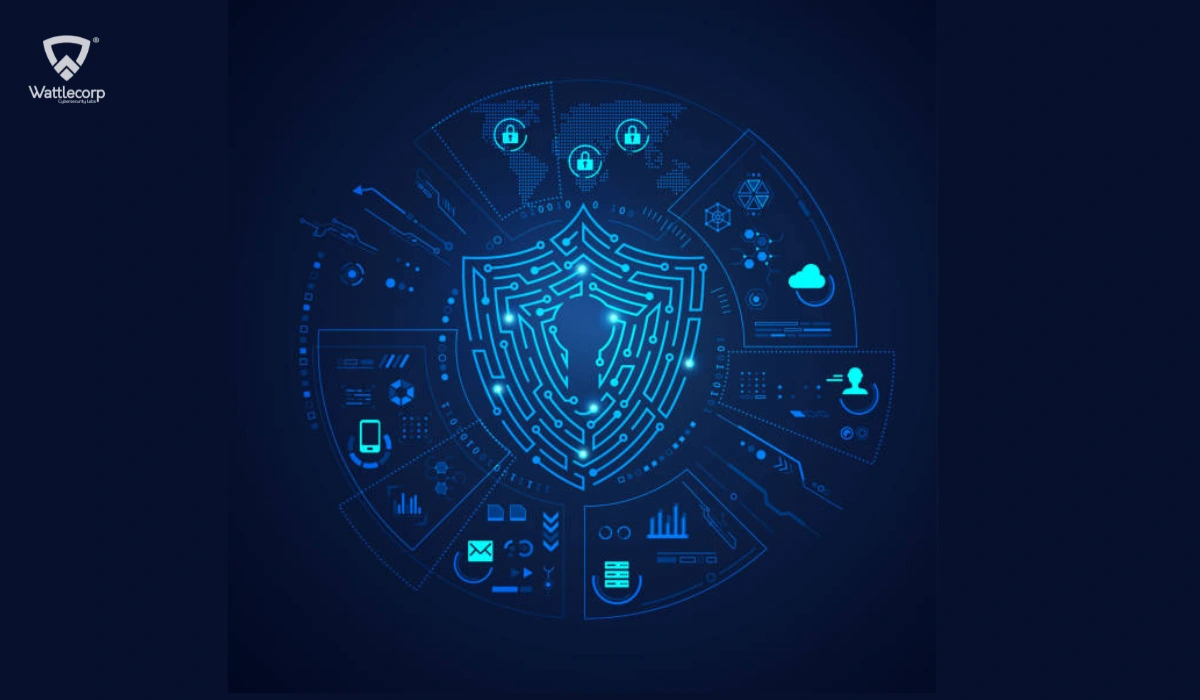
These threats can be internal (this can also be accidental) or external (more likely if it’s intentional) and can lead to major repercussions like data theft, data corruption, malware attacks, and more, resulting in financial, legal, and judicial ramifications that can send your business bottom lines into a shocking nose dive.
This is why enterprise cybersecurity is crucial to the sustainability of your business – to ensure that your core business assets are all protected against cyber threats that seek to harm your organization. A good enterprise cybersecurity strategy will act as a great shield against common enterprise cybersecurity threats such as external and internal attacks for stealing sensitive data, loss of intellectual property, data breaches that result in system outages, and fraudulent practices, among others.
Steps To Develop A Comprehensive Cybersecurity Plan
So, what should an enterprise cybersecurity strategy include?
Your business is as unique as the next one, and as such, you will need a cybersecurity plan that is tailored to meet the specific requirements of your business.
People, process, and technology – these are the most widely accepted three pillars that are required to uphold strong enterprise cybersecurity in the face of the ever-evolving threats that plague the IT landscape of today.

But before cementing your cybersecurity strategy and employing it across your organization, you also need to take a moment to consider if it has managed to touch on the 5 basic elements of a reliable cybersecurity strategy, as follows:
- Awareness Creation – Does your cybersecurity plan cover the training: and awareness programs that must be conducted for all your stakeholders to ensure everyone is on the same page?
- Risk Mitigation – There will always be some new or innovatively clever threat that you may overlook while preparing your cybersecurity, but are you equipped to handle the risk mitigation aspect for unexpected threats?
- Data Management – Are all your sensitive data systems accounted for and is your latest data inventory up-to-date?
- Network Security – Is your network properly secure and have you ensured that access control is strictly limited with the help of strong passwords and stringent roles and permissions policies?
- Continuous Monitoring – Does your enterprise cybersecurity strategy facilitate regular penetration testing that will help you audit, analyze, and update the flaws and weaknesses of your security systems?
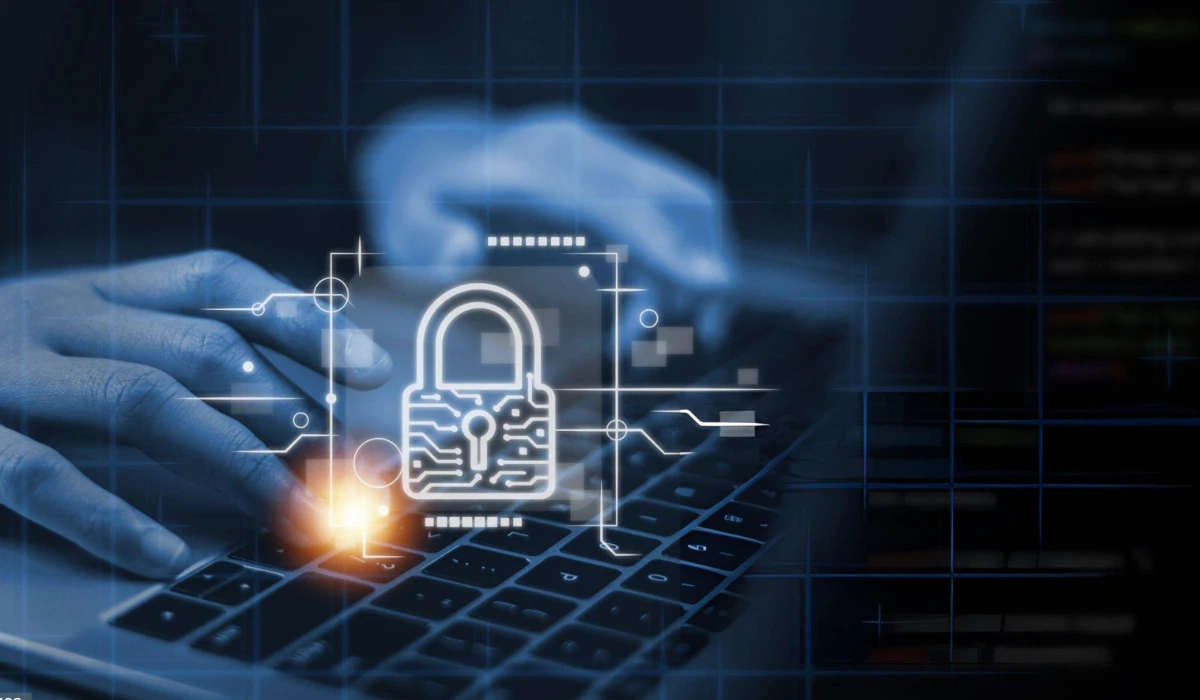
Keeping the aforementioned points in mind, the following are the 6 different steps you must follow to develop a comprehensive cybersecurity plan:
1: Thorough Enterprise Risk Assessment – First of all, conduct a thorough assessment of your current security ecosystem. This will help you understand your strengths and weaknesses and proceed accordingly.
2: Understanding Needs and Defining Security Goals – It is important to understand what your business needs to help you set measurable and realistic security goals to achieve, and for this, you need to figure out the technology that links your business processes together.
3: Security Awareness Creation – Make sure that you implement rigid security policies and communicate the relevance of the same to all your stakeholders.
4: Risk Management Planning – This is one of the most crucial steps of your cybersecurity framework planning and should comprise a detailed breakdown of how you would tackle and manage potential cybersecurity threats.
5: Implementation of Your Enterprise Cybersecurity Strategy Framework– Educate your personnel during your cybersecurity implementation across the domains of your business and ensure that everyone is in sync.
6: Testing Your Enterprise Cybersecurity Strategy – Once your enterprise cybersecurity strategy has been implemented, conduct a penetration test to evaluate how well it is working.
Enterprise Cybersecurity Best Practices To Follow In 2024
So you’ve adhered to the 3 pillars of enterprise cybersecurity plans while coming up with a security and data protection plan for your business. You’ve also made sure that you covered all five elements that we discussed in the previous section. But are you ready to implement your cybersecurity plan just yet?
Time for a pop quiz!
As a last step to make the entire process as thorough as possible, take a minute to see if you’ve complied with the industry’s enterprise cybersecurity best practices, and then you’re ready to go! Ask yourself these questions:
- Is your enterprise cybersecurity strategy developed holistically? That is to say, have you taken a comprehensive route that will cover all the measures you’ll need to consider while safeguarding the different assets of your organization?
- Is all your software up-to-date and free of malware? Is your IT team conducting regular patch tests? Have you made it a top priority for your IT team to ensure all security patches are fixed as soon as they’re identified to avoid zero-day vulnerability exploitation by cyber criminals?
- Have you set policies that will be strictly followed by all your stakeholders and will cover topics like password protection, routine backup checks, access and permissions controls, and security testing?
- Disaster has struck despite your best-laid enterprise cybersecurity plans! What now? Do you have a data backup plan in place? Is there a tried-and-tested disaster recovery strategy you can count on to get you through the cyberattack you’ve faced? Do you have a step-by-step disaster aversion plan that your organization can follow to minimize the damage from an unforeseen attack and get your regular operations underway as soon as possible so as to curb your financial and reputational damage?
- Are all your personnel well aware of the types of security risks that are prevalent in today’s technological world? Have you trained your stakeholders to spot the common cybersecurity scams that try to prompt them to give up sensitive information through social engineering techniques?
- Have you gone out of your way to ensure that every conceivable enterprise cybersecurity measure is being adopted by your team? Does everyone follow multi-factor authentication? Are your personnel using passwords that are hard to guess and that are changed at frequent intervals to protect your sensitive data assets?

- Have you made a provision in your enterprise cybersecurity strategy to conduct regular security penetration tests that will allow you to gauge the effectiveness of your overall cybersecurity efforts and course correct as and when required? Will your team be equipped to understand the potential security weaknesses in your cyber system and how to fix those flaws?
- Are you and your team keeping yourselves up-to-date on the latest innovations in terms of the best enterprise cybersecurity implementation tools and technologies that are coming up in the market? As there are more and more novel ways of malicious attacks that users with bad intent are thinking up, the number of non-malicious technologies to combat malicious hackers is also coming up. So, have you added the latest weapons to your arsenal that will defend your IT networks from malicious hackers?
- Have you placed your trust in a reliable cybersecurity solutions provider as your partner who can be trusted with access to the most sensitive of your confidential data? After all, your cybersecurity testing solutions provider is also a potential risk that you need to consider while striking up a partnership. So have you covered the documentation, NDA policies, and other legal documents that will protect your sensitive information systems?
It is not easy to implement a comprehensive enterprise cybersecurity strategy that will ensure the protection of your enterprise’s data assets effectively and ensure business continuity. But it can be done, and done well, with careful planning and coordination with the IT experts safeguarding your security networks. Businesses looking to enhance their defenses can benefit from Cloud Network Security Services India to secure their cloud infrastructure against evolving cyber threats.
While implementing an enterprise cyber security strategy, make sure that you do not fall prey to common cybersecurity threats, create strong and unguessable passwords for your data centers, issue guidelines, and policies that are strictly adhered to, protect your business data during the implementation of your strategy, and also make it a priority to educate and train all stakeholders on the importance of their contribution to upholding your cyber defenses. Implementing a comprehensive cyber risk management strategy can further enhance your organization’s ability to proactively identify and mitigate risks, ensuring a robust security posture.
Frequently Asked Questions (FAQ’S)
A strong cybersecurity strategy must comprise an effective crisis management plan, a good incident response strategy, failsafe and stringent governing policies, threat protection planning, and continuous security monitoring with the help of pen testing and the latest in cybersecurity management tools.
Executive buy-in is essential for your cybersecurity implementation plan, as it will mean that your initiative has been vetted and given the green light from the top decision-makers of the service provider to whom you’re going to entrust your cybersecurity implementation plan. Make sure you’re on the same page in terms of setting expectations, conveying your core values to all parties involved, conveying your compliance policies accurately, and streamlining all your enterprise processes to make the whole process seamless.
Phishing and social engineering attacks, malware attacks for security breaching, password guessing and keystroke logging, patch exploitation, and insider threats are some of the most common cybersecurity threats faced by enterprises today, among numerous others.
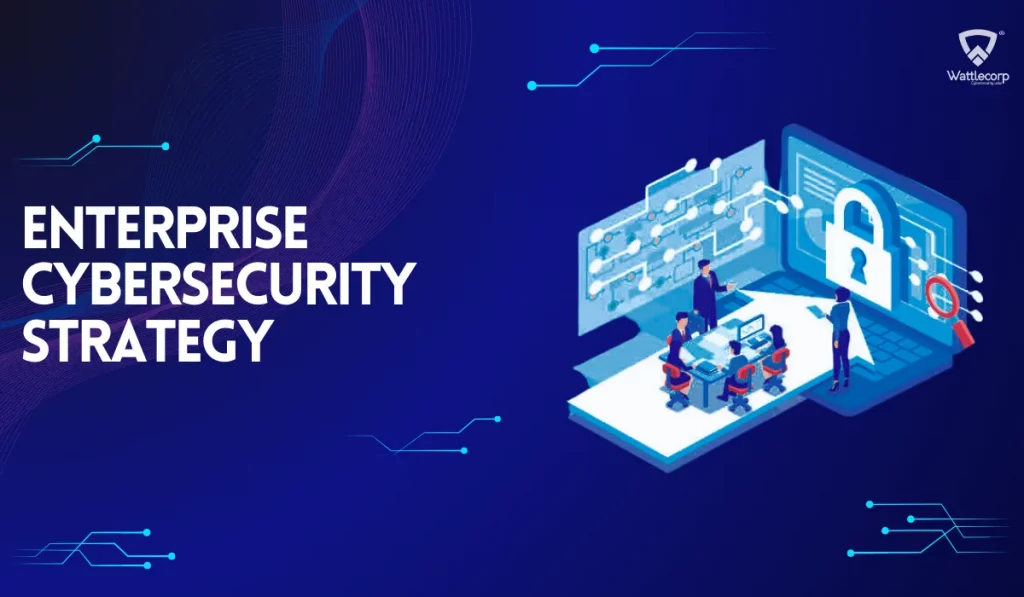
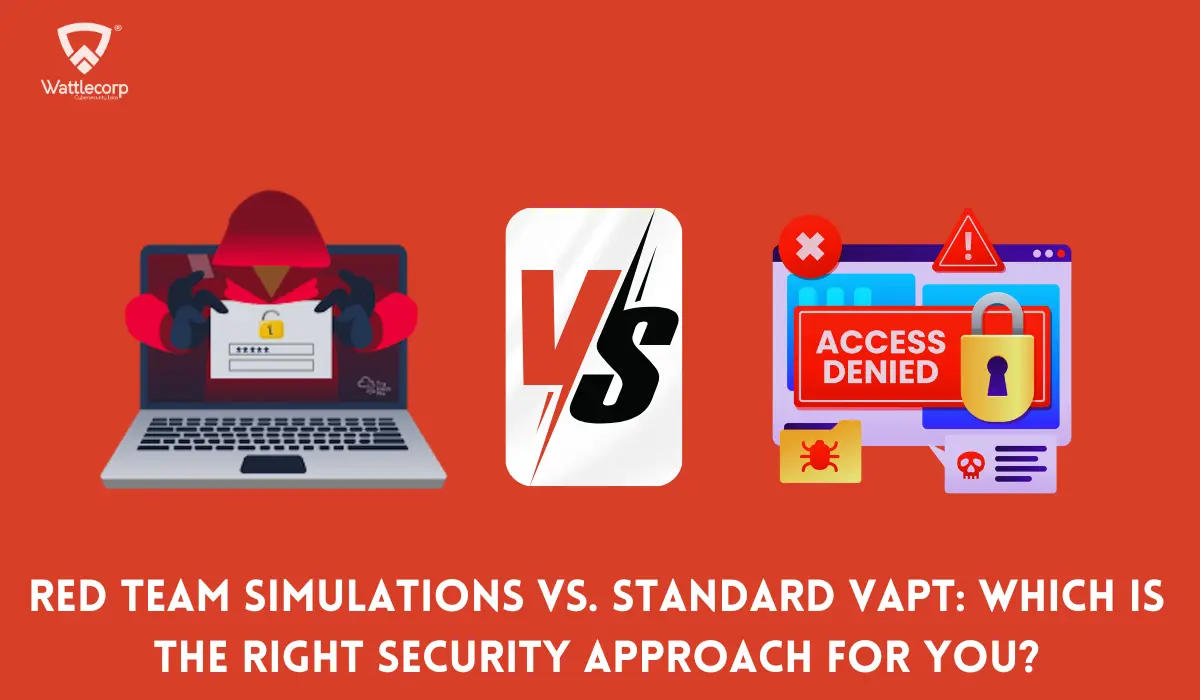
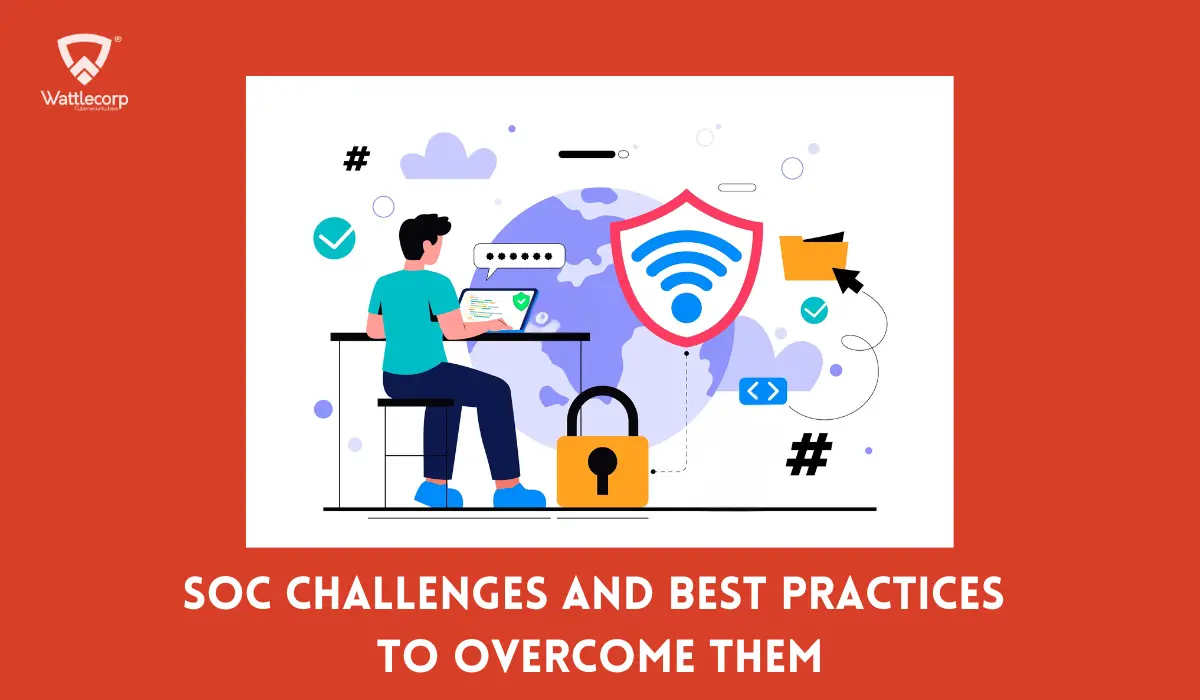
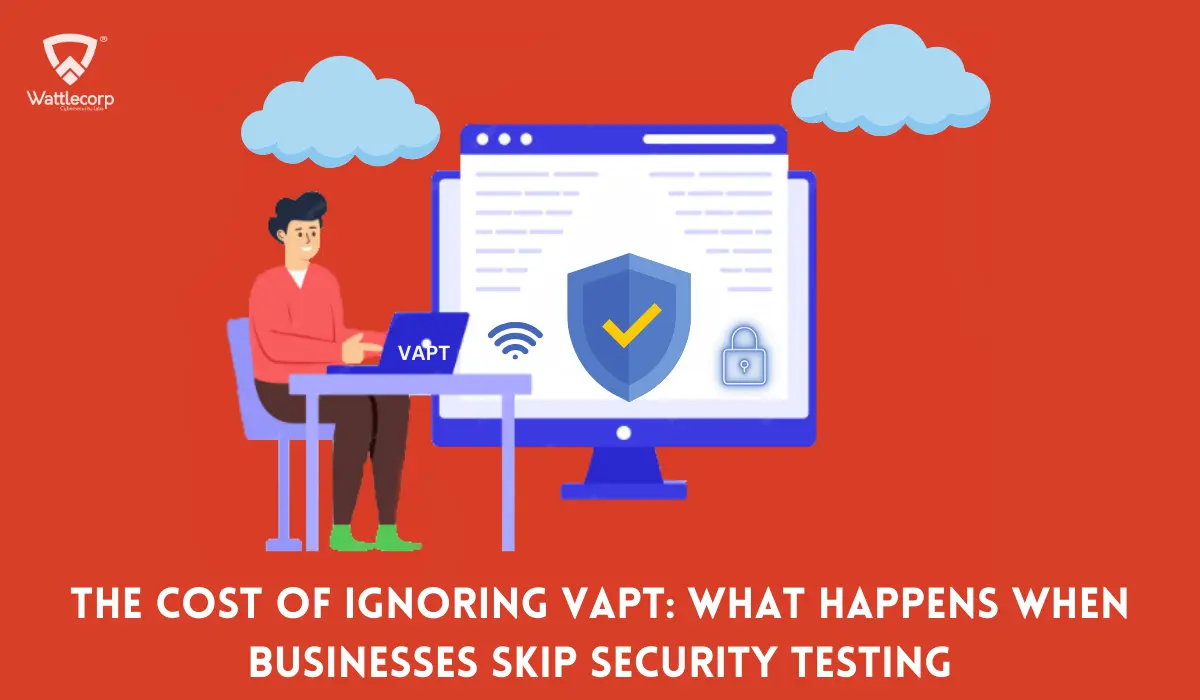
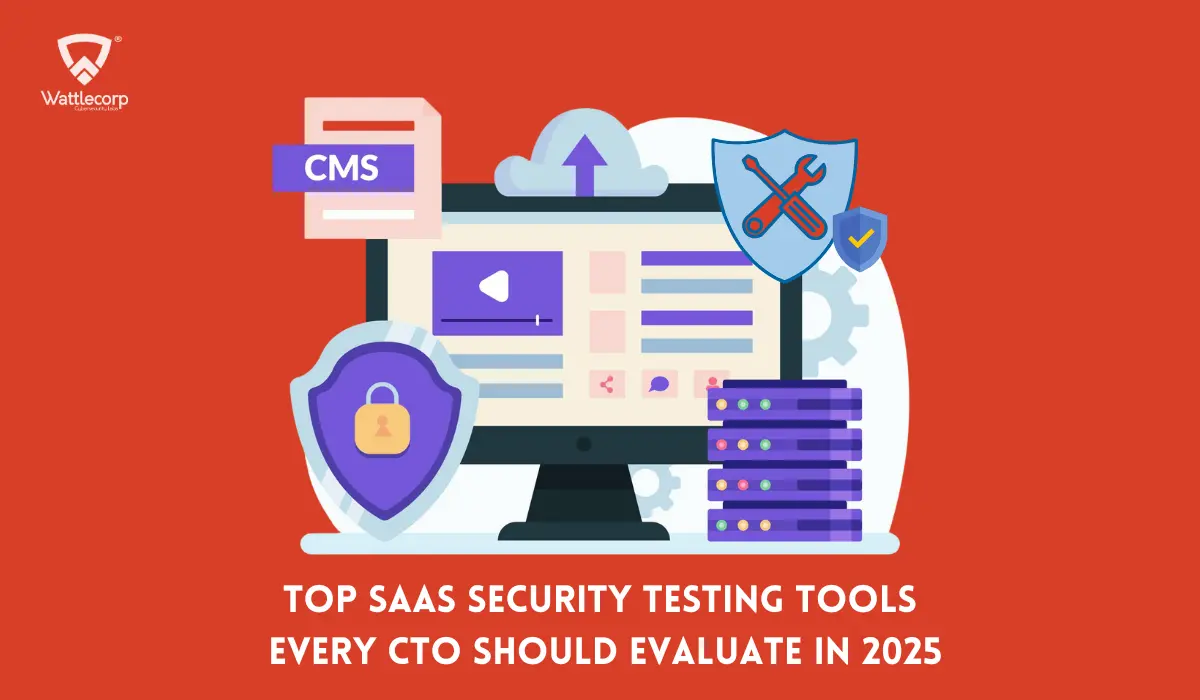
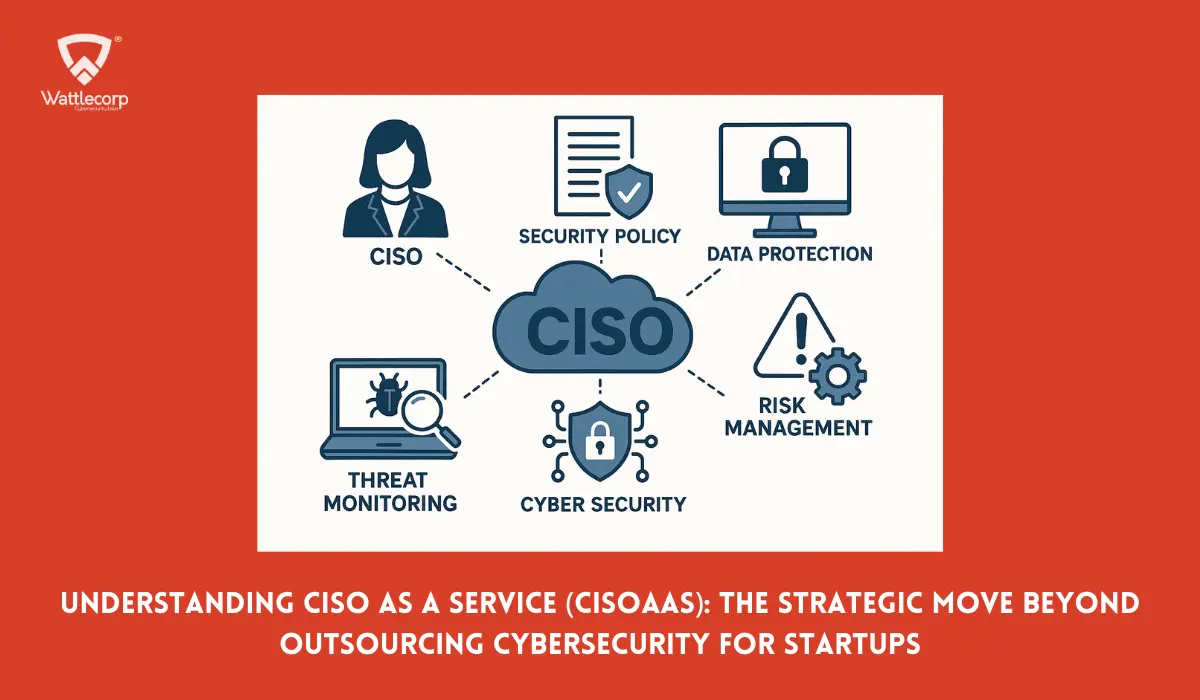
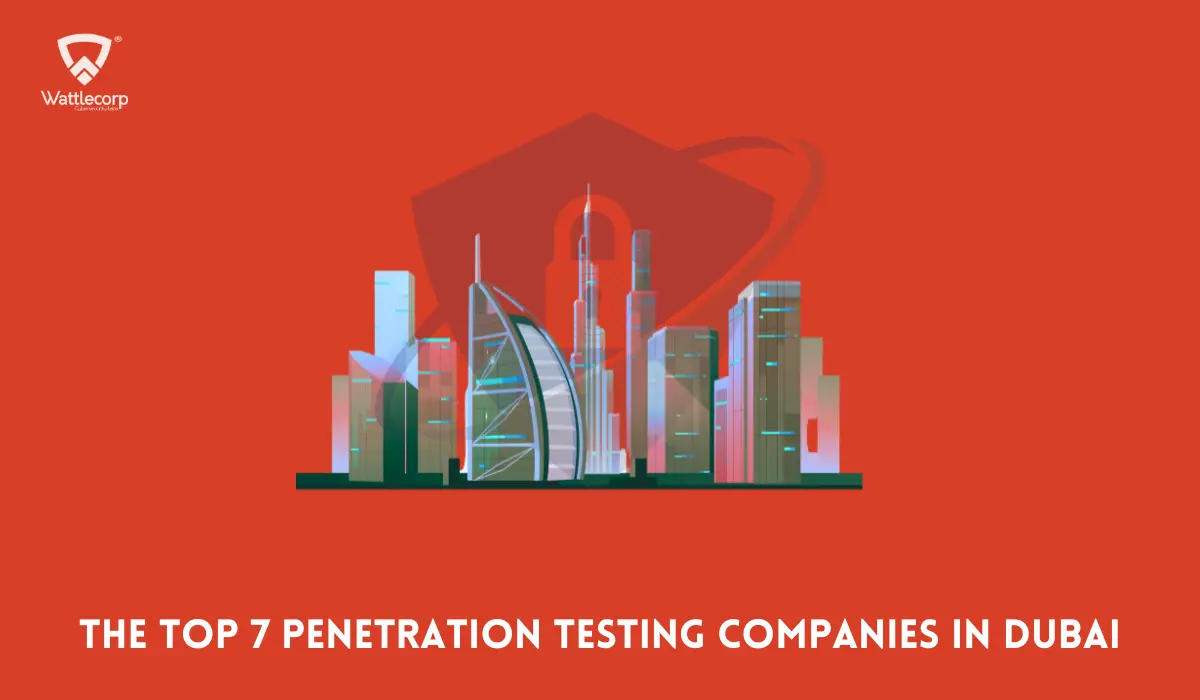
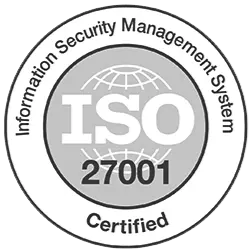
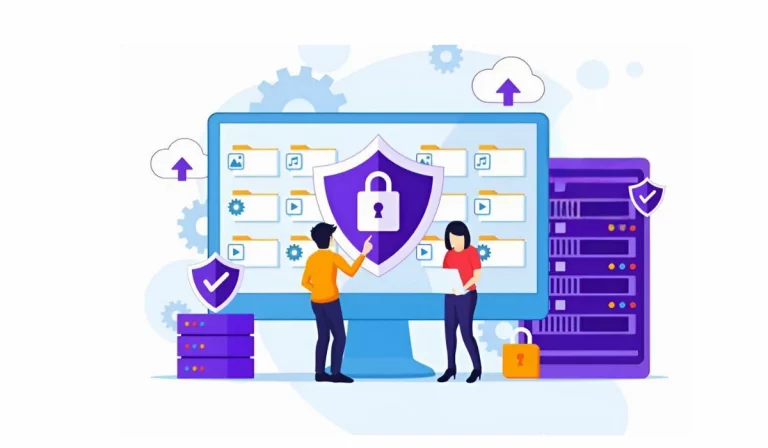
1 thought on “Enterprise Cybersecurity Strategy: Best Practices in 2025”
Pingback: Anjali (anjali_k_k) | Pearltrees